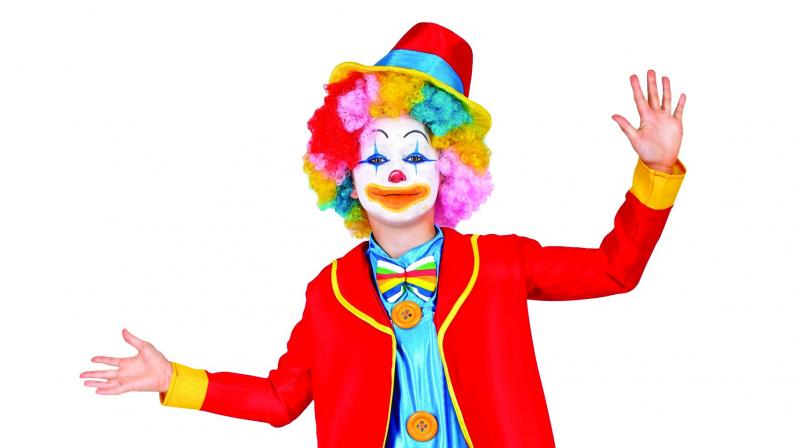First human Mars mission needs comedians

Washington: The world’s first mission to Mars is in need of some smart comedians who should compulsorily have crazy wigs, a big red nose and oversized boots.
The requirements might be enough to make astronaut Neil Armstrong turn in his grave. However, researchers found that the success of a future mission to the red planet will depend on it having a class clown.
In comparison to the cool personality traits required during the Apollo Mission, future astronauts may have to prove they have a funny bone.
“The mission will need people who can pull everyone together, bridge gaps when tensions run high and boost morale,” said Jeffrey Johnson, an anthropologist at the University of Florida. “While living with others in a confined space for a long time, such as on a mission to Mars, tensions are likely to fray. It’s vital to have somebody to help everyone get along, so they can do their jobs and get there and back safely. It’s mission critical.”
The anthropologist studied crews in Antarctica for four years and identified the importance of clowns, leaders, buddies, storytellers, peacemakers and counsellors to bond teams together and make them work smoothly. He found the same mixes worked in US, Russian, Polish, Chinese and Indian bases.
“These informal roles emerge within the group. If you have the right combination the group does very well. And if you don’t, the opposite is true,” he said.
In 2023, Nasa is planning to fly astronauts around the moon in preparation for a crewed mission to Mars scheduled for early 2033. The Russian and Chinese space agencies have proposed human missions from 2040. Private ventures like Elon Musk’s SpaceX are also planning to send humans to the planet. However, a mission to the Red Planet is no cakewalk. On an average, it is 140m miles from Earth. A one way takes around eight months. While the distance alone is expected to take a psychological toll, astronauts also face a time delay in communications of up to 20 minutes each way. In an emergency, there will be no time to call mission control.
Minor delays in communication tend to be bad for crews. When Nasa tested a 50 second communications delay on astronauts on the international space station, it found well-being slumped and frustration rose. It led to knock-on effects for how efficiently tasks got done.
Johnson is now working with Nasa to explore if clowns and other characters are crucial for the success of long space missions. So far he has monitored four groups of astronauts who spent 30 to 60 days in Nasa’s mock space habitat.

